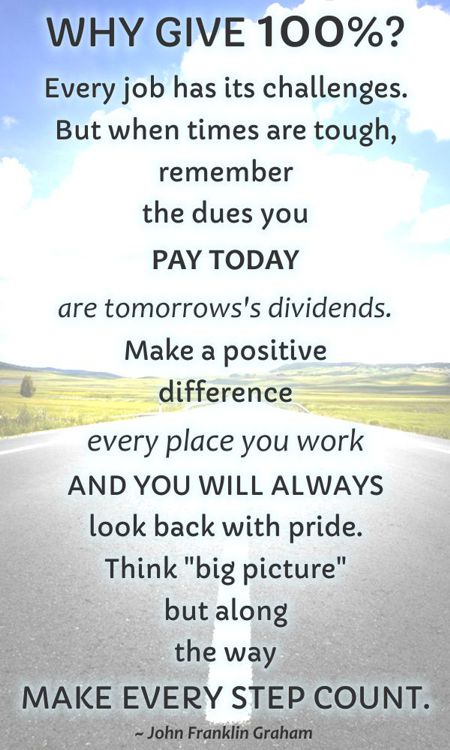By: John F. Graham
How not to delegate
Dumping work on your subordinates just to survive the week is not really delegating. It may be necessary at times, but it should not be business as usual. And employee should always know why he/she is receiving the project (and it is normally a project, otherwise it is just part of his/her normal job description) and is already being done.
Why we must delegate
There are several valid reasons to delegate work to your employees
- There is just not enough of you (the boss) to go around. If you try to do all the projects yourself, you will be overwhelmed and end up doing lots of projects below your expectations.
- Time is of the essence. This happens because the time window is too small or the project deadline just got moved up.
- To develop subordinates. Sometimes it truly is better to just do it yourself. I am picky and sometimes I remember the old saying: “if you want it done right, do it yourself.” I am currently teaching my teenage son to drive. I rarely have plenty of time to just take him driving. But I know if I don’t teach him, he is not going to learn. Yes he will be taking a Driver’s Education class later, but I want to make sure he gets it sooner. So when we go places together in my car, I find a lonely course close to home and make him drive home. At first he was very uncomfortable and at times resisted. Now he is doing very well and getting the hang of it. Sooner or later he has to be independent and drive himself around. This will help him and allow him to help his parents. Your employees aren’t much different. They have to learn how to do things and it will take some of your time. But it will save you time later. Develop your employees.
The proper method
- Identify the need/taskYou must clearly know in your mind what needs to be done before you can make it clear in someone else’s mind. It is frustrating and unfair to ask an employee to work toward a vague destination or goal.
- The goal of the project must be clear. It is better to over define a project than to leave requirements vague. Well-meaning employees will be left to guess at some of the requirements and when one guesses one might guess wrong. Take the guess work out.
- Choose the right employeeIf you have the options, select the employee who can learn and grow from the project. As a young engineer, I was given projects that made me uncomfortable at first but, I sure learned a lot each time and my confidence grew. I remember my boss assigning a really tough project once. I replied, “Wow that is not going to be easy.” He said, “If it was easy, I wouldn’t have picked you.” I walked out with clarity and confidence and did a great job.
- Review the task with the employee
- The Need – Make the objective crystal clear.
- Desired Outcome – Where do you want this journey to end? Define the output. Do you want a report with lots of attachment? Do you just want an executive summary? Do you want charts and graphs? What exactly do you want?Timeframe Exactly when is the project due? Do you want some small submittals due along the way? If so, when? Again, make it clear. You may also want to ‘pad’ the time a little. Give yourself room for unforeseen obstacles. What if upper management suddenly turns up the heat and the project comes due sooner? The achievement milestones will certainly help.
- Follow up, Measure and AdjustAgree up front how often you two will meet to review the progress (Once a week is normal). Tell the employee what you will be looking for and the format expected. This will allow you both to make adjustments along the way. Too many managers wait until the project is due then have the “1st review” with the employee only to find the project had drifted in the wrong direction.
- Completion & ReviewOnce the project is completed, have a final review with the employee. As what lesson were learned and how it might be done different next time. This is not the time to reprimand the employee, but discuss openly. If done right, it is a learning opportunity for both of you.
Things to remember
It takes time: Don’t expect someone new at a task to do it exactly right the first time. A “B-“ is still a good grade. Be patient and allow time to make corrections, especially on high visibility projects.
Different is not wrong, just different. There are lots of different ways to get a bus from here to downtown. But in the end the result is the same. Don’t micromanage and insist that the employee do the project exactly how you would do it. Tell them “what” you need done, and not “how.” Many younger employees who need help will ask about the “how.” Then you can offer suggestions and options.
More experienced employees don’t need much direction, just follow up. Some well-groomed employees will need no direction on how to get there, only the end point. Respect their experience, yet always leave the door open for guidance. Don’t make them feel less competent if they want to discuss options and concepts. These employees normally know they are helping to relieve the work load, not for personal development. Give appreciation for the help.
See us at AcceleratedProfessionals.com



